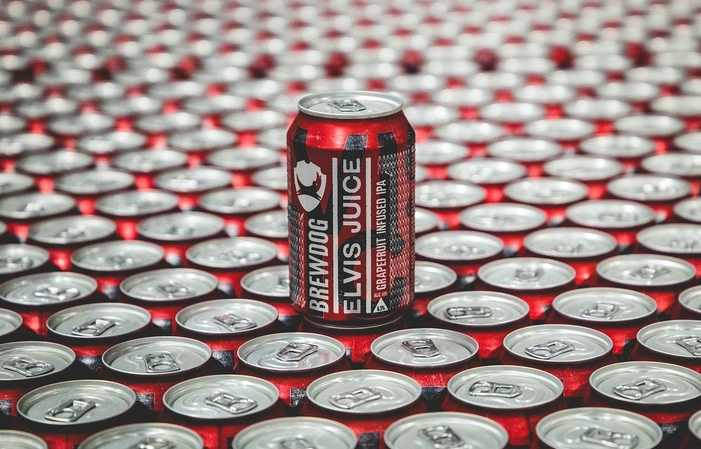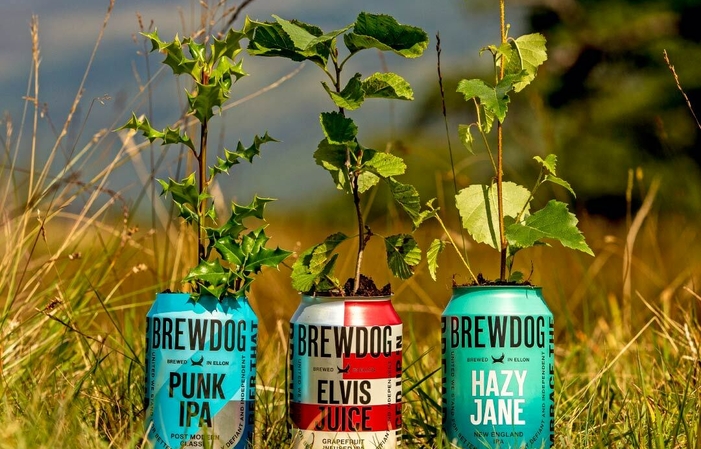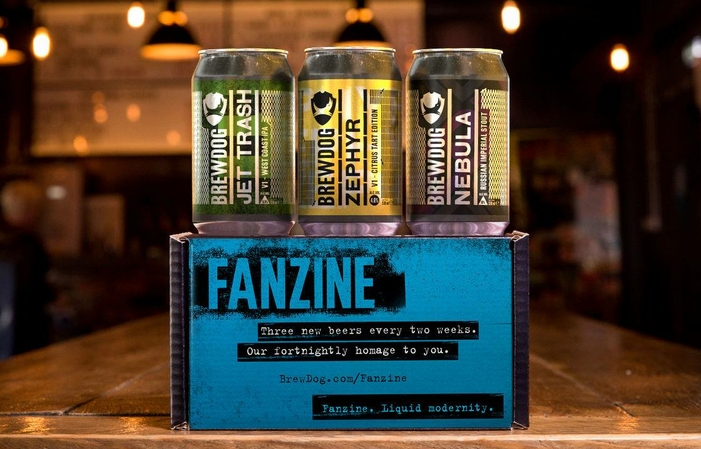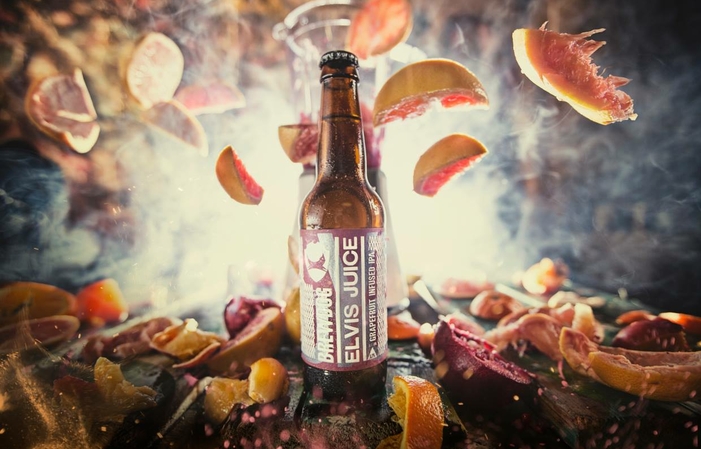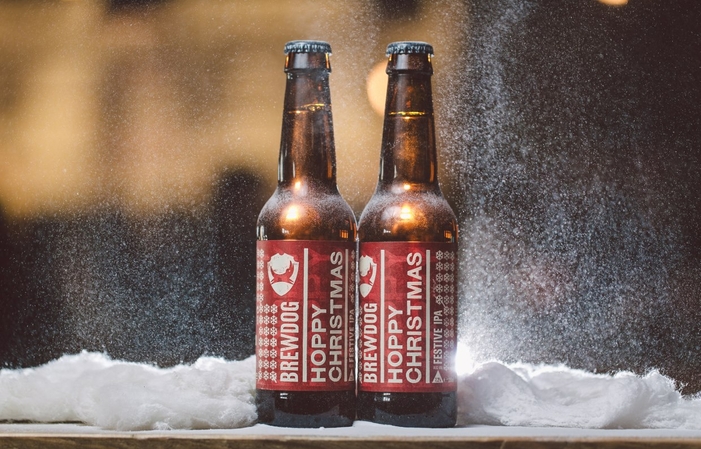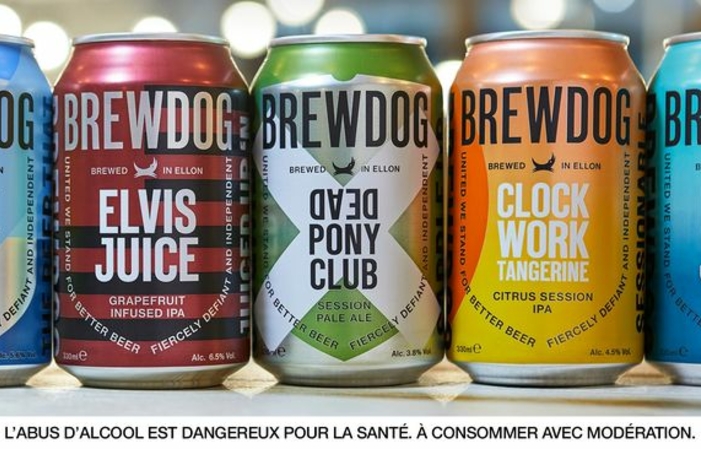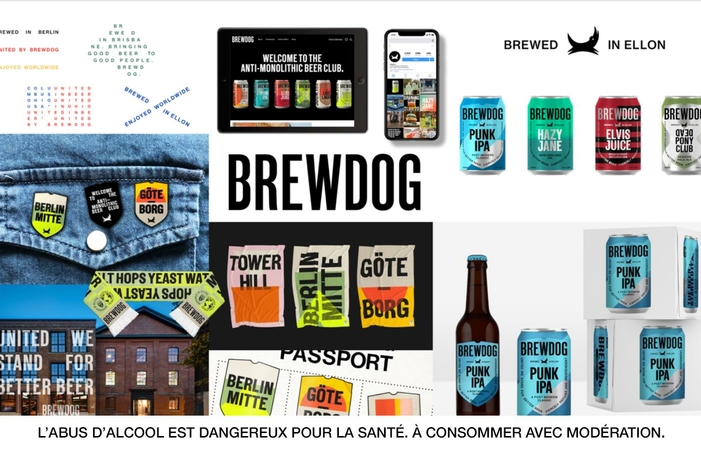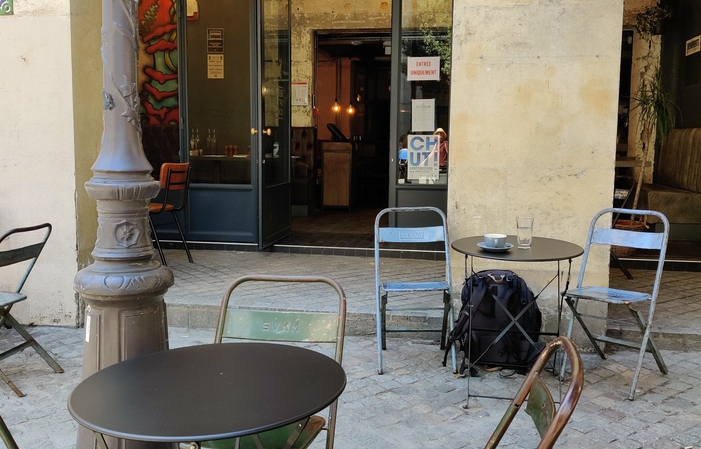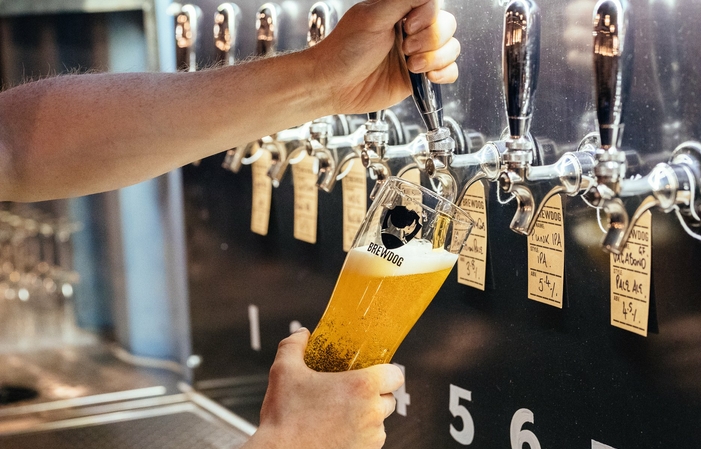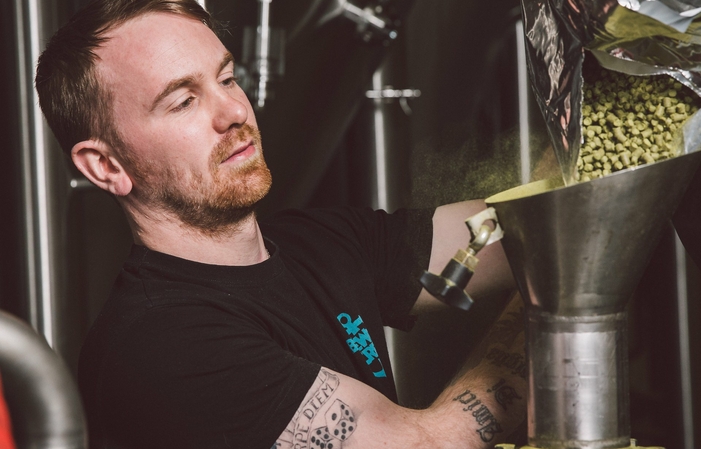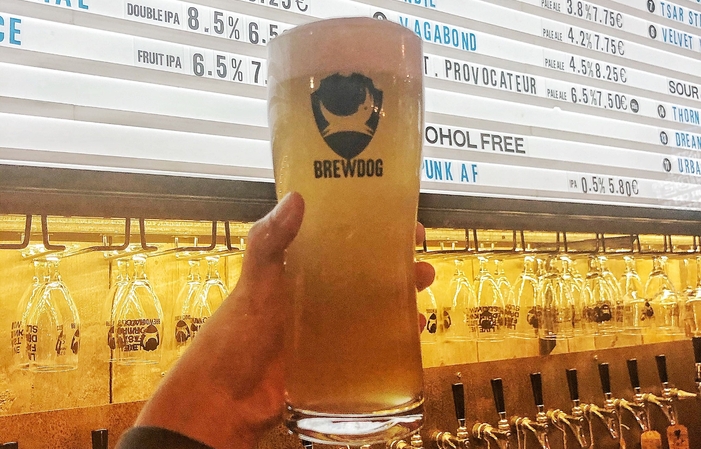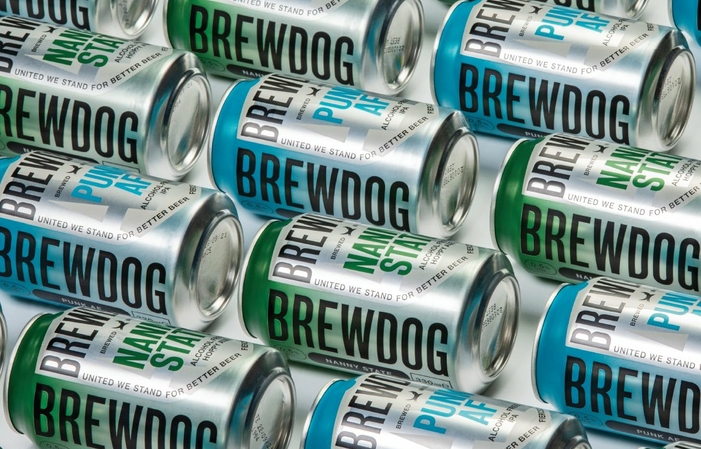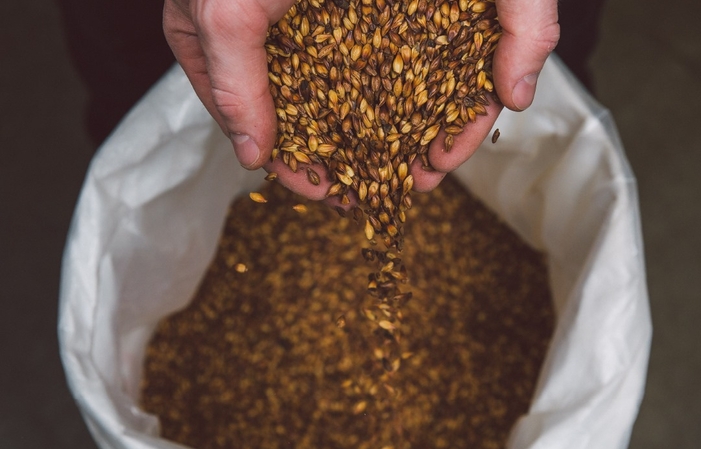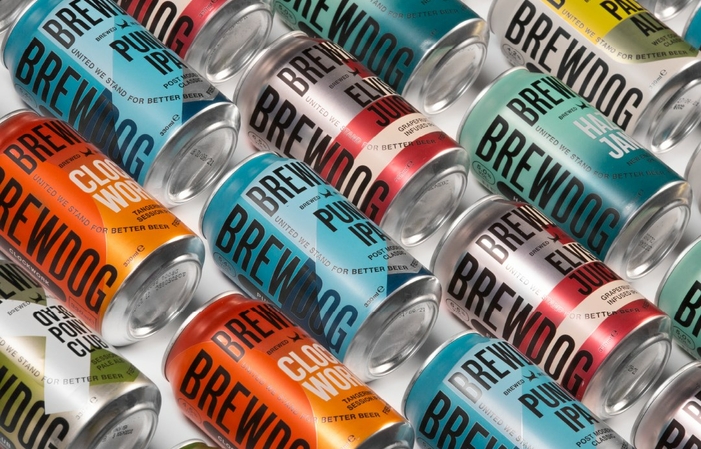Description
We decided that the best way to resolve this undesirable situation was to prepare our own. Therefore, in April 2007, BrewDog was born.
Both of them being only 24 years old at the time, we rented a building in Fraserburgh, got scary bank loans, spent all our money on stainless steel and started making hardcore craft beers.
We brewed tiny lots, filled bottles by hand and sold our beers at local markets and in the back of our dilapidated old van.
Our biggest mission when we created BrewDog was to make sure that other people were as passionate about good craft beer as we were. And that's still our biggest mission today.
We would be delighted to welcome you to make you discover the brewery and the history and the work done to develop our beer!
Looking forward to seeing you again at Brewdog
Rules and conditions
The 1€ tours mean that they are made free of charge by the Brasserie. This amount is requested to ensure the seriousness of your request and to avoid the Brewery blocking a visiting slot unnecessarily.
In case of unforeseen events, we kindly ask you to cancel your visit to the platform and/or notify the Brewery directly.
Reservation policy
Cancellation policy: : Strict
Products offered for tasting:

Brewdogs Professional seller
1. Overwrite Like any journey, brewing begins with a single step. Malted grain is mixed with hot water in a process known as brewing. This is pretty much what you would expect given the name - dry barley,... See more
1. Overwrite Like any journey, brewing begins with a single step. Malted grain is mixed with hot water in a process known as brewing. This is pretty much what you would expect given the name - dry barley, wheat and/or other cereals are mixed with water to form a sticky substance that looks like watery porridge. It's puree. And that's where the chemical process begins (also; magic). Since malt is partly crushed before soaking, hot water can penetrate into each individual core to expose the natural starches inside. This is what the brewer wants, because these starches are transformed into sugars by the grain's own enzymes. It is these sugars that will later be used by yeast as a food source so that it can produce alcohol and carbon dioxide. From the mash, great things follow. 2. Lauter The next step is to leave the solids behind and let the liquid continue its journey to become beer. More water is added to the top of the grain bed and allowed to seep through - taking with it the sweet sweet liquid. This step is either performed in the original mash or in a separate container called a filtration tank, but either will need a perforated base to let the liquid escape. At first, runoff, which is now known as wort, will be cloudy due to unwanted cereal husks and other particles. Brewers usually reintroduce these first castings on top of the grain bed to filter it even more. What's nice about the lautering process is that the split envelopes of the malt actually help, lock and trap the particles while the liquid flows (think of pebbles in a stream). Once the wort is clear, it's time to warm things up... 3. Boil The wort is then transferred to another large container and heated. Known as a kettle, the wort will boil vigorously here for more than an hour - the exact duration depends on the style of beer. This prolonged heating stops the enzymatic activity from the puree stage, fixes the amount of sugar that will become available for yeast and sterilizes the wort at the same time. Everything that affects beer from this stage will have to be sterile. Brewers are notorious cleanliness monsters. The boiling stage is also usually the one where the hops are added. We often add hops at the Lautering stage (and sometimes even mash) to increase the flavor profile, but virtually any beers you drink will be hopped during boiling. This is because heat alters the internal structure of hops, releasing alpha and beta acids, and carefully programmed additions can give different results. Add hops earlier, you get more bitterness. Subsequent additions are more for aroma and flavor. 4. Fermentation After the boiling is over, the wort is cooled and then transferred again. In the next step, the brewer can get up because the main work will be done by tens of billions of assistants; the yeast is ready and waiting to occupy the front of the stage. Once thrown into the fermentation tank (FV), they come to life thanks to the abundant supply of sugars derived from malt. Yeast cells eat, reproduce and excrete at an amazing rate. It's the whole party in there. The more the brewer has allowed the transfer of sugars into the FV, the greater the amount of food to be ingested, which means that the ABV of the final beer will be higher. So big beers need a lot of malt to release a lot of food for the yeast to go into town. But the brewer can not totally relax; they have to judge how long to let the yeast have a say because they can be stressed when the temperature changes or their food supply runs out (ditto to the brewer). And that brings us to... See less

- ID Card:
- Email:
- Already rent:

